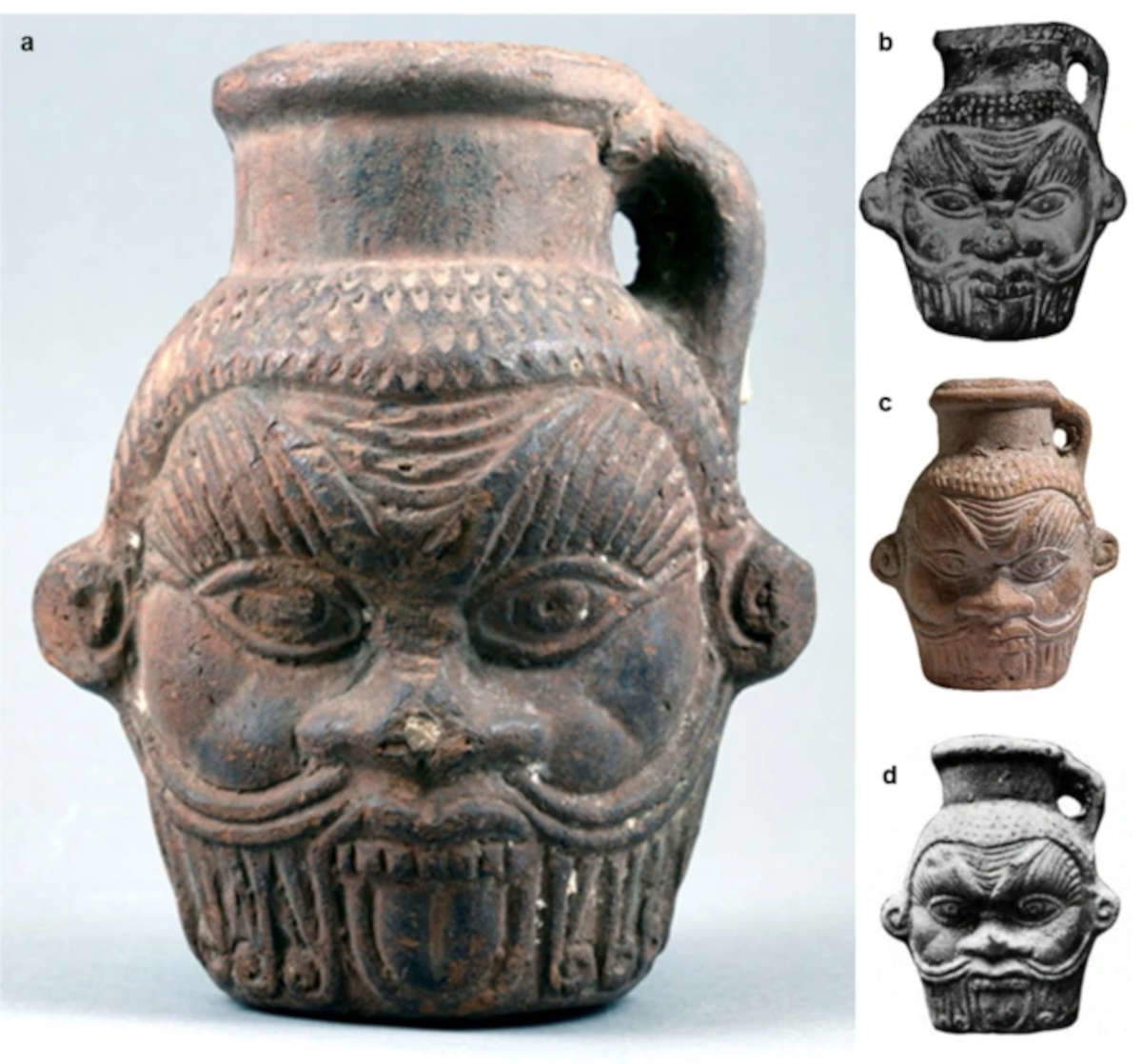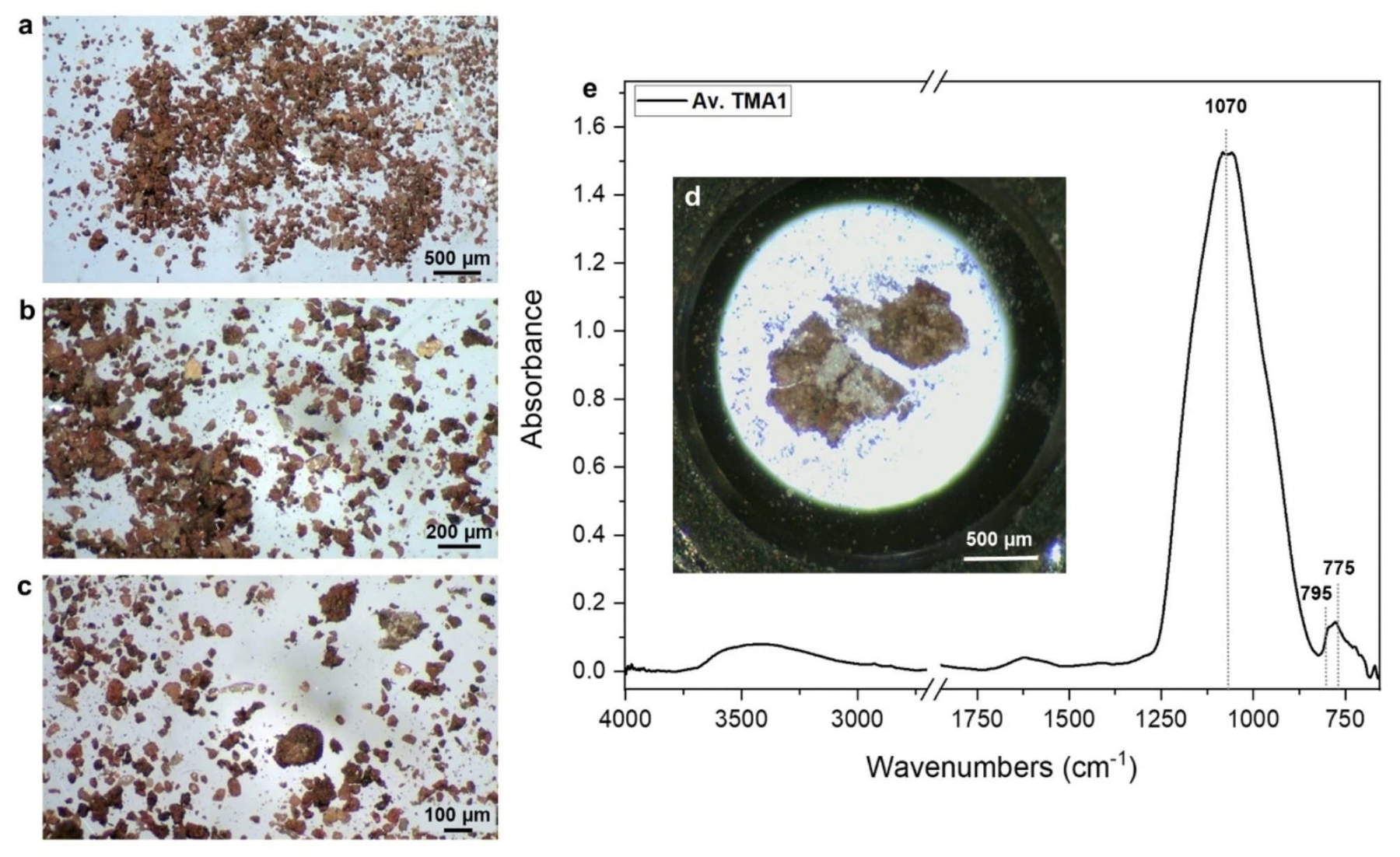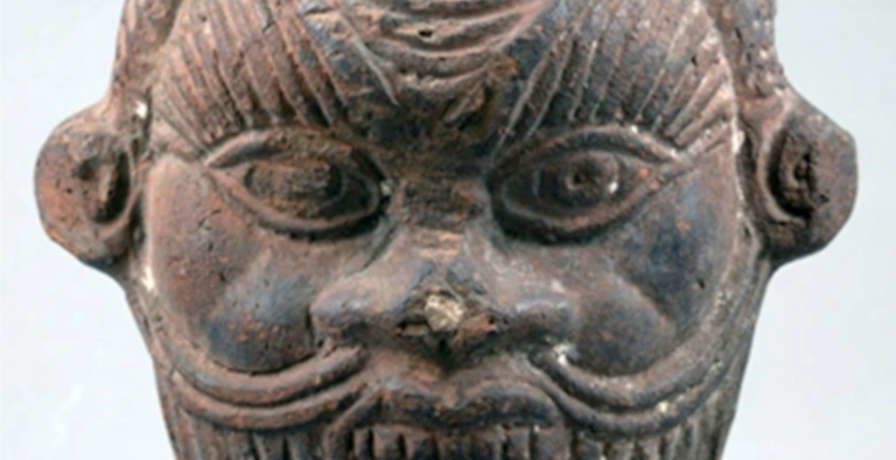For the first time, researchers have found direct evidence of the use of psychotropic substances in ancient Egyptian spiritual rituals. The discovery, which is based on a series of advanced scientific analyses, offers new and concrete evidence regarding the use of psychedelics in Egyptian rituals, which were used to induce dreamlike visions and altered states of consciousness. This study, coordinated by Professor Enrico Greco of the University of Trieste, represents a real revolution in the understanding of the mystical and religious practices of the Egyptians, until now based mainly on texts and iconographies.
“This discovery,” stresses Professor Greco, “was only possible thanks to a highly multidisciplinary approach: by combining state-of-the-art scientific techniques with cultural, linguistic and historical analysis, we obtained information that traditional archaeology alone could not have provided. This underscores the power of interdisciplinary collaboration in solving the mysteries of antiquity.”
In the course of the research, the researchers were able to identify residual traces inside an Egyptian ritual vase dating back more than 2,000 years. This vase, decorated with the image of the god Bes, a benevolent and protective deity, had been used in religious ceremonies and mystical rituals. But what makes this discovery truly unique is the contents found inside the jar, which made it possible to identify psychotropic substances used by the ancient Egyptians in their rituals.
The study, which involved an international team of researchers from theUniversity of Trieste, the Tampa Museum of Art, theUniversity of South Florida, theUniversity of Milan, andElettra Sincrotrone Trieste, was supported by the CERIC-ERIC European Research Infrastructure Consortium and made use of advanced scientific techniques such as proteomics, metabolomics, and synchrotron light coupled infrared spectroscopy (SR µ-FTIR). These techniques made it possible to analyze even minute traces of substances in the pot, making it possible to identify psychotropic plants used in rituals.

Chemical analysis revealed that the mixture contained in the ritual jar included traces of three plants known to be psychotropic: Peganum harmala (Syrian rue), known for its hallucinogenic properties; Nymphaea nouchali var. caerulea (blue water lily), used by many ancient cultures for its ability to induce psychedelic states. And then another plant of the genus Cleome, also used for its medicinal and psychotropic properties. Chiaramaria Stani, CERIC-ERIC researcher at Elettra Sincrotrone Trieste’s SISSI line, points out, "These analyses allowed us to identify the ceremonial contents of the pot, although the residual traces were minimal, but well preserved in the porosity of the pottery.
These plants were probably mixed with fermented liquids, honey and royal jelly, to create a drink that would promote the induction of spiritual visions or ecstatic experiences, in line with Egyptian religious rituals. The plants were probably intended to induce altered states of consciousness useful for communication with the divine, meditation, and divination.
The image of the god Bes, depicted on the surface of the vase, holds special significance in this discovery. Bes was a deity associated with protection, but also with fertility rituals and altered states of consciousness. The god, usually depicted as a grotesque and benevolent figure, also served as a protector against evil and dark forces, and is now also recognized as a symbolic figure in mystical and transformative rituals. The ritual vase, with its decoration, suggests that Bes was related to the transformation of the individual through the induction of transcendental experiences.
Analysis of the jar’s contents also revealed the presence of traces of human fluids, such as blood and mucous membrane proteins, confirming that the jar was used in symbolic rituals related to female fertility and spiritual transformation. The connection between psychotropic plants and these physical elements suggests a deliberate use of substances to achieve altered states of consciousness, functional for rituals of purification and communication with the divine.

This discovery confirms the existence of sophisticated knowledge of natural resources and their effects on the human mind. Although theories about the use of psychoactive substances in ancient Egypt have been advanced in the past, based mainly on texts and iconographies, this is the first concrete physical evidence. The finding also highlights the connection between Egyptian spiritual practices and other Mediterranean and Near Eastern religious traditions, suggesting a cultural interchange that may have enriched the ritual and medical knowledge of ancient civilizations.
The study stands as an example of how modern advanced scientific techniques can unveil hidden aspects of ancient cultures. The use of multidisciplinary methods was crucial in identifying the substances in the pot, despite the fact that the residual traces were extremely minimal. This innovative approach shed light on an ancient and mysterious practice, adding a new chapter in the understanding of ancient Egyptian spirituality and religious practices.
The discovery of the use of psychotropic substances in ancient Egypt opens up new insights into the spirituality and religious practices of one of the most fascinating civilizations in history. The use of these substances in mystical and divinatory rituals demonstrates a deep and scientific understanding of the human mind and its mechanisms.
 |
| Anghe Egyptians were getting high: traces of psychotropic substances found in an ancient vase |
Warning: the translation into English of the original Italian article was created using automatic tools. We undertake to review all articles, but we do not guarantee the total absence of inaccuracies in the translation due to the program. You can find the original by clicking on the ITA button. If you find any mistake,please contact us.